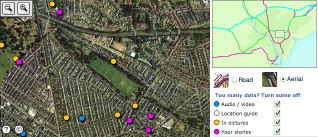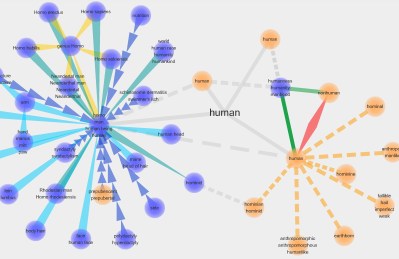As well as Hurricane Dean which has been dominating much of the news, two items have caught my attention over recent days. One is the debate surrounding the court decision preventing the deportation of Learco Chindamo, the killer of school teacher Philip Lawrence 12 years ago. The other is the release of statistics showing drop-out rates from UK Universities.
Learco Chindamo came to the UK when he was 5, killed Philip Lawrence when he was 15 and has been in prison since. His life sentence carried a minimum term of 12 years and next year he will be eligible for parole. He is also a Filipino by birth and has an Italian passport, so the Home Office intended to deport him on his release, but were prevented by the courts.
Philip Lawrence was a Head Master who died protecting one of his pupils. His wife and family have had to live with that ever since. Furthermore, she had been promised by officials that he would be deported.
The case is distressing and traumatic, but in the end clear. The mark of a civilised society is surely how we treat the undeserving. This is not a man who came to the UK to work and then murdered, but someone who has spent all his childhood here, albeit under the influence of London youth gang culture, and who knows no other country. Deportation would not be sending back but throwing away, like those sent to Australia in the past.
If this has not been such a public case, we might have never have heard of this decision. And because it is public we have some inkling of the anguish we might feel if it were our family not some other. But the purpose of law is precisely to protect us from the retribution we would want if we know the victim and balance that with the mercy we would seek if we knew the criminal.
We might ask questions about our criminal justice system. Is twelve years enough for a cold blooded killing, even if the killer is 15 years old? Is 15 a child or a man? Do we trust the parole system to only release him if it is safe to do so? These questions seem valid no matter the passport a man carries, and it is right to debate them. But to deport a man, who has served half his life in jail, to a country he has never known would have been simply wrong.
It seems frivolous to move from this to university drop out rates, but they are not so far distant.
In some universities the rate is nearly 20% compared to near 2% for the ‘best’. In the TV report other figures were quoted … and certainly the 20% figure at one point sounded as if it were the national average rather than the average at the ‘worst’ institution.
The TV report also noted that those with worst drop out rates were largely ‘new universities’ and the Vice-Chancellor of Liverpool Hope was interviewed and staunchly defended his own institutions policies to inform students about the nature of courses.
What was left unsaid was that these institutions mainly take those with the lowest academic achievement at entry. In other words these serve the ‘lowest’ in society and, as I am sure in other countries also, this is as much determined by social situation as academic ability.
There is often debate about the university system and whether these are ‘real universities’. I have written about this before when I was education columnist for SIGCHI Bulletin: I had recently returned from a visit to South Africa and read on my return a particularly scathing attack in The Times on new university courses. Recently this has been in the media again when “The Taxpayers Alliance’ (I assume representing everyone except children, the elderly and the poor) issued a “non-courses report“, damning degrees such as “Equestrian Psychology” and “Golf Management”.
Now we might debate the academic merit of particular courses (although strangely the ones cited by the TPA sound more academic than many … perhaps reflecting their own understanding of academic content?) … and I stand on shaky ground as my own discipline of computer science, would have been in a similar position 40 years ago. Also it is certainly true, although it is politically incorrect to say, that academic degree classifications at different institutions are not worth the same and indeed, although even more politically incorrect, classifications now at the ‘old universities’ are not the same as they were 15 years ago. We can also ask whether the move to push more and more post-18 education into universities, or whether the changes in that education are in the right directions.
However, notwithstanding all this, it is the new universities that have borne the brunt of the expansion of higher education in the UK and not surprisingly have the most difficult job to do. They take students who at 18 have the lowest A Level grades and, even taking into account the different meaning of classifications, take many of those students to a high level of academic achievement.
These are students who would not have had that chance when I was 18.
Not surprisingly some find that it is not for them, but the 20% drop out rate at the ‘worst’ institutions should be seen against the 80% of students at these institutions who are succeeding, but would never have been given the chance in the past.
Whether even the 20% of drop outs can be seen as a sign of failure, depends on whether they see themselves as having ‘failed’ or having learnt where their true abilities and interests lie. My guess is that for many it will be the former and this is the issue to tackle: how we can have an education system that is about allowing people to develop and learn their strengths not simply learn what they cannot do?
And what of those 80% who have been given a chance they might not have had. Is it right to say that a person has no more to learn and be judged for life by what they achieve at 18 years old? And is it right to say that a man cannot change and be judged for life by what he did or was at 15 years old, 26 or even 47?







